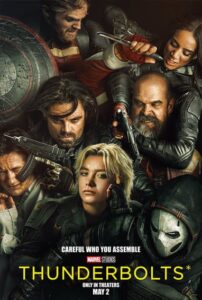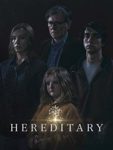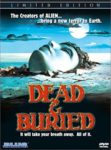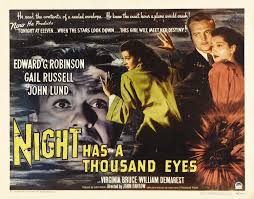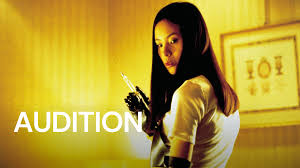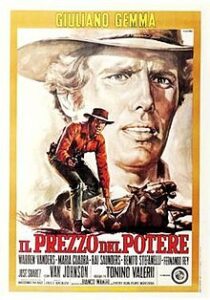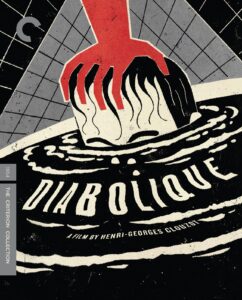.
There are fandom fights fiercer that than those found among the fans of Star Wars and Episode 3, Harvest, of Season 2 Andor provoked a fine one.
Bix (Adria Arjona) and a couple of compatriots, on the lam from Imperial Security, are hiding out on a distant agricultural planet. She comes to the lecherous attention of Imperial Lieutenant Krole (Alex Waldmann). Bix rebuffs his advances and when his attempt to coerce her under the color of authority also fails, Krole attacks Bix with intent to sexually assault her.
The story element ignited furious arguments among fans.
One faction defends the plot point with the clear and undisputed historical truth that this is precisely what takes place in fascist regimes. Petty evil people abuse their positions of power and control for their own selfish satisfactions including sexual assault becoming quite common.
The counter argument raised is that in the universe of noble Jedi Knights, mystical magical forces, and valiant rebellions against tyranny such real-world ugliness has no place. Star Wars is a vehicle for escape from reality’s nasty brutishness and need not reflect it back at the escapees.
As with the best disagreements, truth, in some form, lies on both sides of the discussion. Fascistic systems attract and generate the bullies, the thugs, and the rapists to them for the opportunity to wield unchecked power and authority free from social or legal accountability. Traditionally, Star Wars is a fantasy beyond its reality of transcendent forces with clear moral codes that translate into ‘light’ and ‘dark’ sides but well into the realm of social political forces. The rebellion against the galactic empire is presented as unblemished by ethical compromises. They do not prey upon a population to steal resources, they do not commit acts of terrorism to drain away imperial support, nor do they engage in revenge driven bloodbaths after their victory. The rebellion in how it operates in the field and after overthrowing the government acts in a matter as fantastic as a Jedi’s telekinetic powers. All this makes the attempted sexual assault far too ‘real’ for how traditional Star Wars presented itself.
There is another factor why that scene rubbed so many traditional Star Wars fans the wrong way.
Star Wars, traditionally, is quite chaste.
While romance imbued throughout the originally trilogy including the charged triangle of Luke, Leia, and Han. What those first films did not have was potent real sexuality. Star Wars, though produced in the late 70s, has more in common with a pre-code feature in terms of sexuality than its cinematic compatriots. Nearly a decade earlier broadcast television was more sexually charged that Star Wars. When Captain Kirk, sitting on a bed is slipping his boots back on and Deela is fixing her hair in a mirror everyone understood that the couple had just completed sexual relations. Not only is there no such scene in the first trilogy of Star Wars movies, but it is also clear that any scene even approaching that is wildly out of tone with the ‘fairy tale’ nature of the productions. The Empire Strikes Back would never introduce a scene where Lando walks into a room where Han and Leia were together under the covers of a beautiful bed. Sex, in traditional Star Wars, is an abstract existing only in a conceptual form.
Andor is not traditional Star Wars.
Tony Gilroy’s conception with this series is something much more informed by our actual reality than our sanitized fairy tales of nobles knight and virginal princesses. His creation of emotionally complex and competent agents of the Empire, his depiction of a rebellion riven with factions and not above assassination shows that this is not the pristine and unmuddied forces of good that Lucas showed us in the 70s and 80s.
From Luthen’s willingness to use and abandon his own people as a means towards a victory he expects he will never see to season 2’s quite explicit echo of the Nazi’s Wannsee conference where the eradication of Europe’s Jewish population was decided Gilroy is reflecting our real world back at us through the distorted mirror of a Star Wars story. In that respect Krole’s assault on Bix is very much in keeping with the tone and the intention of the production as much as it conflicts and is at odds with the films released by Lucas.
Both camps are right in their reactions to the scene. As I have often said in my writers’ group, ‘no honest critique can be wrong.’ That said if the more real world inspired tone of Andor is not to your taste, then Andor is not for you and perhaps the more traditionally aligned products are where you need to find your enjoyment.
Personally? I adore Andor.
